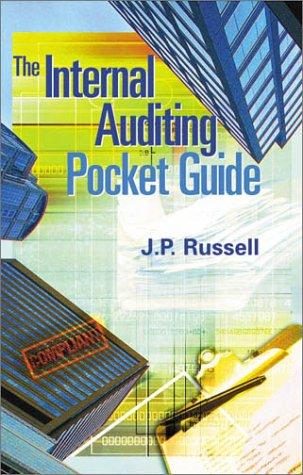1. During one month, 3,000 units of a product were completed and 800 units were 20 percent complete and still in process. The equivalent production for the month is : a) 3800. b)4000 c)3040 d)3160
2.
Process cost accounting is most appropriate :
| | a) when there is continuous production on a single product. |
| b) | when a company produces more than one product in batches rather than on a continuous basis. |
| | C)for companies with either continuous or batch processing of different products. |
| | fD) or all manufacturing companies. |
3.
A firm had a beginning work in process inventory totaling $4,000 and current period costs of $22,500. Equivalent production was 5,000 units, and 3,000 units were completed and transferred to the finished goods inventory. Inventory costs would be determined using a unit cost of
| | $7.50. Equivalent production units may be computed | | for labor and materials only. | | | for labor, materials, and manufacturing overhead. | | | for materials and manufacturing overhead only. In a process cost accounting system, the average unit cost of a product is determined by dividing the appropriate costs by | | the number of units placed in production during the period. | | | the number of units transferred to another department. | | | the equivalent production units. | | | the number of units transferred to the finished goods inventory. The current department costs categories are | | work in processbeginning costs, started in production costs, and transferred in costs. | | | materials costs, labor costs, and manufacturing overhead costs. | | | work in processbeginning costs, transferred out to next department costs, and work in processending costs. | | | started in production costs, transferred in from prior department costs, and transferred out to next department costs. The total accounted for consists of | | the units started in production. | | | the units transferred out and the units in ending work in process. | | | the units started and the units transferred out. | | | . the units transferred out and the units completed. | the two sections of the cost of production report are | | the total to be accounted for and the total accounted for. | | | the costs assigned to the goods transferred out and the costs assigned to the goods still in process | | | he summary of quantities and the summary of costs. | | | beginning inventory plus goods started and goods transferred out and ending inventory. When finished goods are sold, the entry to record the cost of goods sold includes | | a debit to Finished Goods Inventory and a credit to Cost of Goods Sold. | | | a debit to Cost of Goods Sold and a credit to Sales. | | | a debit to Cost of Goods Sold and a credit to Finished Goods Inventory. | | | a debit to Finished Goods Inventory and a credit to Sales. | | | | | |






